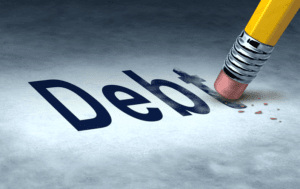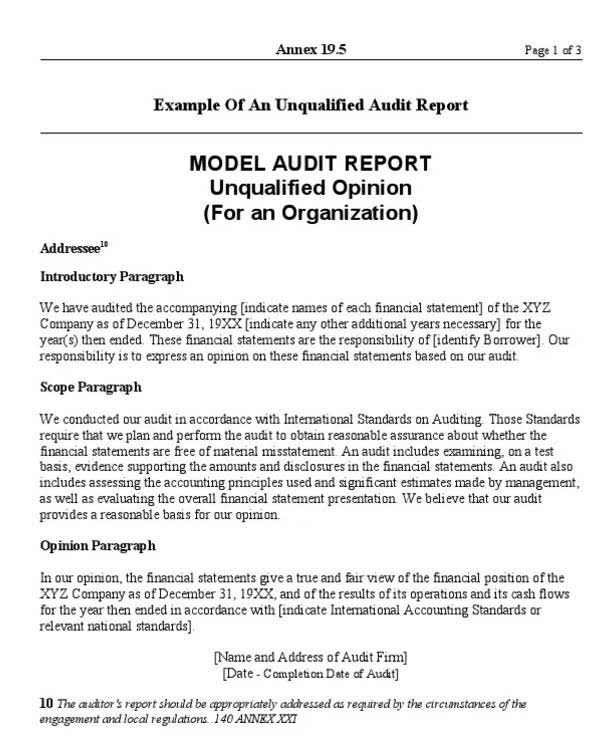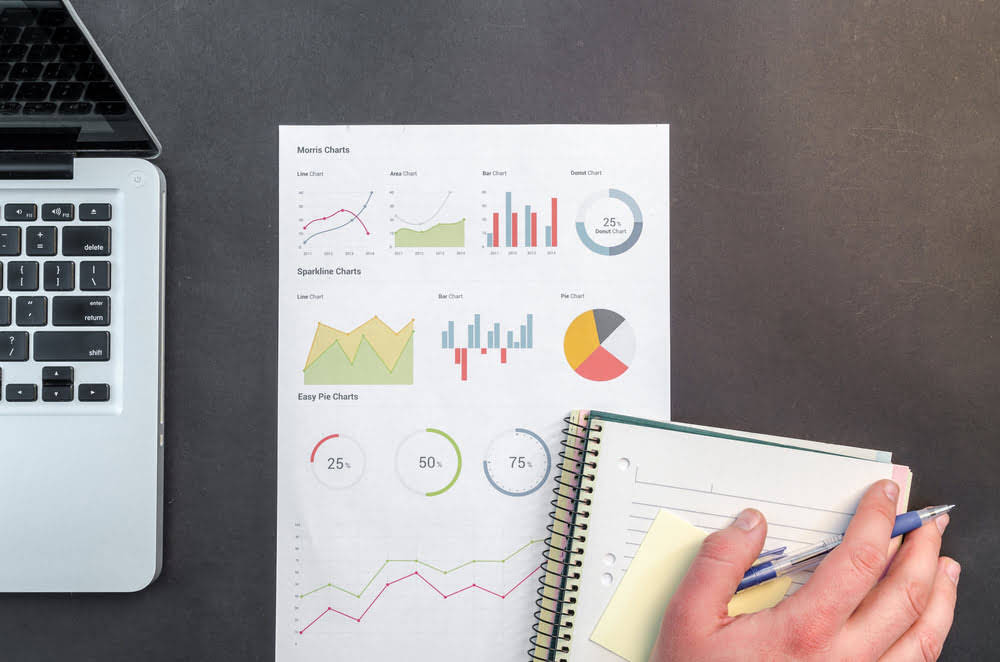9 Types of Sales Forecasting Methods to Try
Pin Up Online Casino ️ Azərbaycanın Rəsmi Saytı
March 2, 2023Online On Line Casino Glory Play In Addition To Win Real Funds In Banglades
March 4, 20239 Types of Sales Forecasting Methods to Try

The goal of sales forecasting is to predict sales revenue over a certain period of time so that the company can align on what the next month, quarter, and year might look like. For example, marketing might launch a new campaign expected to drive higher sales over the next month. Your CEO might be working with other leaders to create the company roadmap, which could see the business expanding into new markets and generating more revenue. Finally, the last forecasting method has the most room for error but is the easiest to generate.
- Plus, you can leave the high-level tasks to your sales teams and let your CRM and other tech tools take care of the mundane, repetitive tasks.
- More importantly, the results will empower every department across the company, helping finance teams predict revenue and marketing teams allocate campaign budgets.
- They could get ahead of purchasing new equipment or upgrades that get more expensive the longer they wait.
- You can use these sales reports to analyze past performance and the current state of your pipeline and identify both bottlenecks and winning patterns.
- For this approach to sales forecasting, you need to first assess your total available market (TAM).
How to Improve Sales Forecasting Accuracy
You can also rely on sales forecasting tools to streamline the process and pull in relevant data. Of the sales forecasting methods, this is the least accurate because it doesn’t rely on actual historical data or conversion rates. Instead, you depend on your sales team’s performance expectations, market intelligence, and confidence to project the number of deals they expect to close or leads they anticipate generating. For instance, new businesses just starting their sales process do not have the luxury of past sales data.
- As your business evolves, your sales forecasting needs may change, and your forecasting software should be able to adjust to these changes.
- For a detailed tutorial on how to use a seasonal forecasting model, take a look at this video.
- The average sales cycle may vary depending on the lead source and other business efforts may pact your conversion rates.
- Sales leaders use sales forecasting to inform the companies’ budgeting, spending, and sales strategy to maintain lead flow and revenue levels.
- Your sales forecast enables you to predict both short and long-term performance and customer demand for your product.
Create forecasts and discuss them with your team.
Every business has to prepare for the future and one of the most crucial aspects of this preparation is creating accurate sales organizations usually use only one method for forecasting sales. forecasts. Sales forecasts serve as the basis for making business decisions, business plans, budgets, and risk management efforts. They allow organizations to properly allocate their resources and manage cash flow. They also indicate whether a sales team could achieve set short-term and long-term goals. Newly established businesses often lack sufficient historical data to base their forecasts on. In this situation, you can rely on market and competitive research when creating estimates.
Review prior sales forecasts.

By measuring a variety of variables, business leaders can gain an understanding of the forces influencing their sales. While this method seems pretty cut and dry, it’s also a little too simple to give the most accurate projections. Creating accurate sales forecasts is a collaborative effort involving multiple organizational stakeholders. However, sales leaders and their teams are primarily responsible for producing accurate sales forecasts. Only 45% of sales leaders are confident in their organization’s sales forecasts, according to Gartner. While it’s natural for sales reps to bring in some intuition to their sales forecasts, that’s where room for error can creep in.

Sales leaders use forecast data to track salespeople’s performance, such as in terms of win rates and identify potential challenges early. Moreover, sales forecasting can be used to promote healthy competition by keeping sales reps informed about how they are performing compared to their peers. This also motivates them to apply the best practices of top performers to improve their performance.
Using Lead Scores and Multiple Variables

A noticeable increase or decrease in monthly or quarterly sales predictions can influence spending, investing, and any decisions about the future of the company. Sales forecasting is the process of generating sales revenue predictions for a set period of time, such as a month, quarter, or year. Unfortunately, at a lot of organizations, the only historical sales data analysis happens in leaders’ brains. This typically culminates with a feeling of either excitement, panic, or skepticism that ultimately influences the sales forecast.
In short, sales forecasting helps your business avoid surprises, so you aren’t making decisions in a crisis environment. Companies with trustworthy sales forecasts see a 10 percentage point greater increase in annual revenues compared to counterparts without, according to research from the Aberdeen Group. https://www.instagram.com/bookstime_inc Your sales forecast enables you to predict both short and long-term performance and customer demand for your product. In the short term, having a sales forecast makes it easy for you to spot when actual sales are not meeting estimates and gives you an opportunity to make corrections early in the period. Enterprise companies typically need dedicated software to access advanced forecasting capabilities.
The definitive guide to sales forecasting methodologies
This allows you to pinpoint bottlenecks and inefficiencies, and it reveals actionable insights around how to increase revenue. Now that you know your average sales cycle, you can apply it to the individual opportunities currently in your pipeline. Perhaps a salesperson reaches the proposal stage with a https://www.bookstime.com/articles/how-to-make-a-balance-sheet lead after one month—even if this seems like a sure thing, the forecast suggests otherwise. Based on your average sales cycle length of two months, you might predict that the rep has a 50 percent chance of closing the deal.
